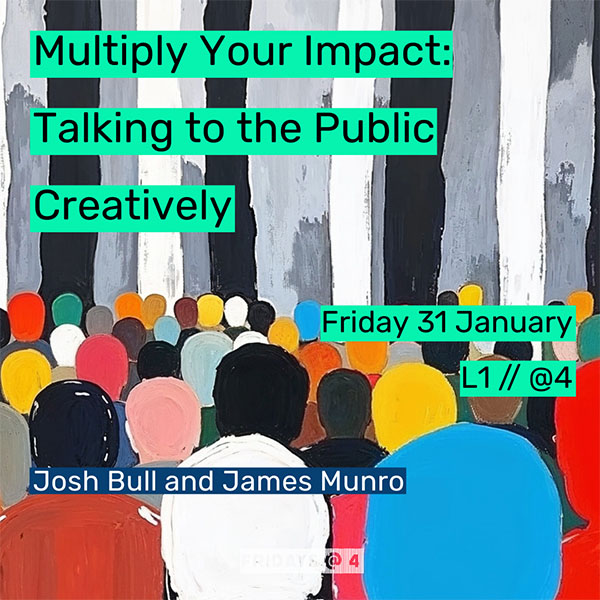16:00
The uniqueness theorem for Kasparov theory
Abstract
Kasparov's bivariant K-theory (or KK-theory) is an extremely powerful invariant for both C*-algebras and C*-dynamical systems, which was originally motivated for a tool to solve classical problems coming from topology and geometry. Its paramount importance for classification theory was discovered soon after, impressively demonstrated within the Kirchberg-Phillips theorem to classify simple nuclear and purely infinite C*-algebras. Since then, it can be said that every methodological novelty about extracting information from KK-theory brought along some new breakthrough in classification theory. Perhaps the most important example of this is the Lin-Dadarlat-Eilers stable uniqueness theorem, which forms the technical basis behind many of the most important articles written over the past decade. In the recent landmark paper of Carrion et al, it was demonstrated how the stable uniqueness theorem can be upgraded to a uniqueness theorem of sorts under extra assumptions. It was then posed as an open problem whether the statement of a desired "KK-uniqueness theorem" always holds.
In this talk I want to present the affirmative answer to this question: If A and B are separable C*-algebras and (f,g) is a Cuntz pair of absorbing representations whose induced class in KK(A,B) vanishes, then f and g are strongly asymptotically unitarily equivalent. The talk shall focus on the main conceptual ideas towards this theorem, and I plan to discuss variants of the theorem if time permits. It turns out that the analogous KK-uniqueness theorem is true in a much more general context, which covers equivariant and/or ideal-related and/or nuclear KK-theory.



